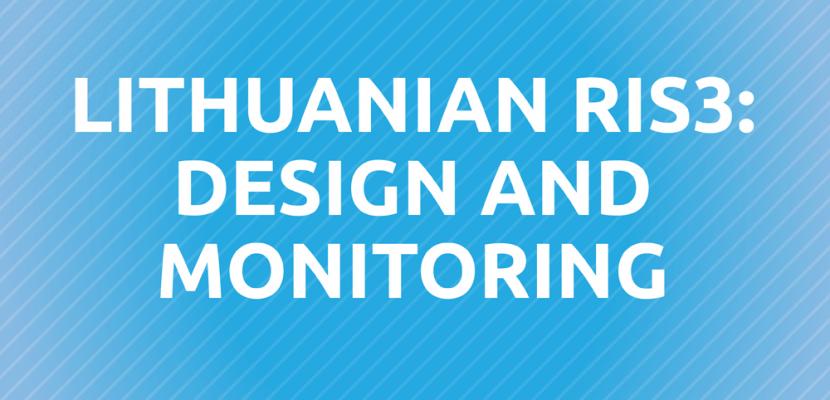
Lithuanian RIS3: Design and Monitoring

About this good practice
Lithuanian innovation policy used to be uncoordinated; various policy making and implementing institutions used to have different interests and goals, therefore the country was not taking any cohesive course of action in strengthening the innovation ecosystem. Until recently Lithuania has been dragging at the bottom of European Innovation scoreboard as a starter country. National-wide process of RIS3 design and implementation rekindled the innovative potential of the country. Now Lithuania has become a moderate innovator.
Lithuanian RIS3 was designed by having a wide and inclusive approach, that included global and national knowledge as well as trends, and all the possible stakeholder groups. The whole process – including experts, entrepreneurs, researchers, civic society – engaged with roughly 1000 people. Robust methods were applied as well: case studies, analysis, foresight, surveys, panel discussions and other tools were leveraged in examining national entrepreneurial potential. The end result was broad priority areas (6) and priority areas (20), which were further detailed in lists of perspective technologies. This was an exemplary process within the EU member states.
The major beneficiaries are entrepreneurs and researchers, who – thanks for the strategy – became eligible to receive funding and excel in basic research, applied research, and preparations in entering market. Society benefits within the positive externalities of the intervention.
Resources needed
- The process was administered by about 10 people
- In the period venues were required for meetings, discussions, etc. this posed a certain amount of financial cost
- Surveys and other methods’ applications had organizational and implementation financial costs
Evidence of success
- Lithuania became moderate innovator. Over time, performance has increased by 21% relative that of the EU in 2010. Position-wise. Now Lithuania is in the 16th position; it used to be among the bottom 4.
- The Lithuanian RIS3 design and M&E practices were demonstrated on international and EC levels, and was well-praised and regarded as a good practice.
- Regular, all stakeholder inclusive, national level meetings are organized.
Potential for learning or transfer
The design and iteration process is worth sharing regarding three aspects: a) extensive stakeholder involvement, b) monitoring methodology, and c) continuous entrepreneurial discovery process (EDP) data inputs.
Once the strengths of Lithuanian economy and the prospects of knowledge driven growth were analyzed with an expert-led, bottom-up, foresight-based process, a national online survey was executed; the survey had three major target groups from the public, research and business fields. Almost 1/3 of over 2000 respondents provided valuable input in this phase.
Monitoring was named as one of the good practices. The highlights of the monitoring are examination of bibliometrics, macroeconomic and microeconomic impact, international Lithuanian research engagement and mapping the most active fields of excellence.
Finally, the continuous EDP is executed, which keeps involving major and other relevant stakeholders and introduce new data inputs.
Further information
Website
Good practice owner
You can contact the good practice owner below for more detailed information.
MOSTA

